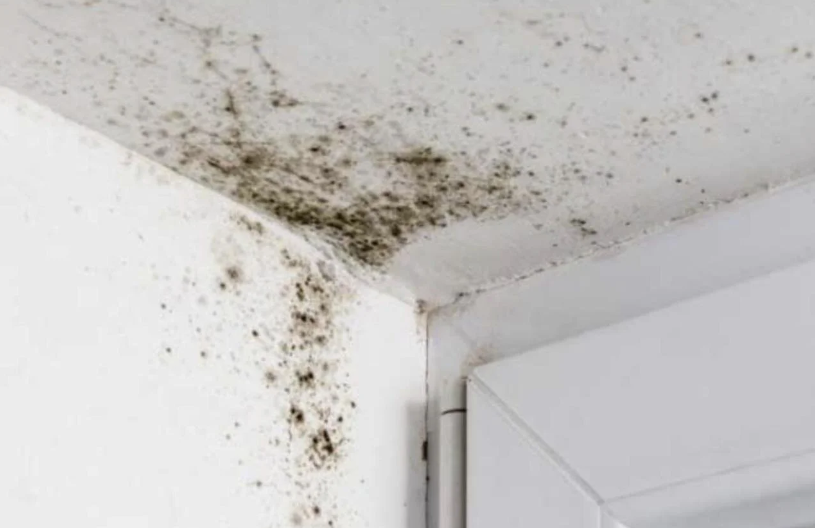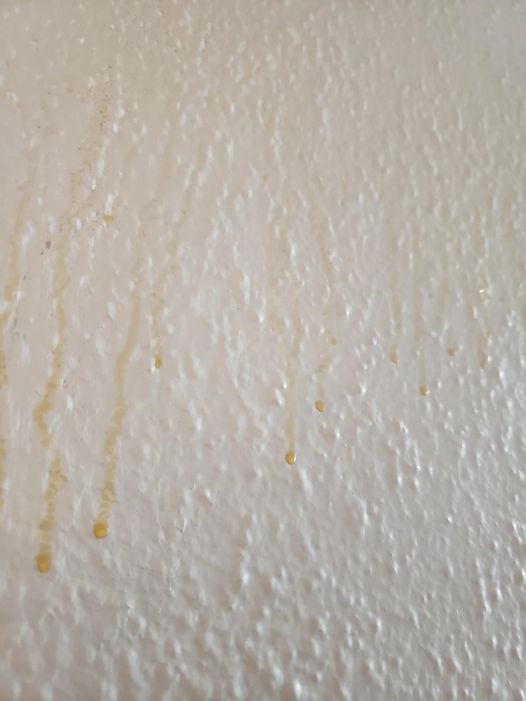When Does Mold Happen?
Mold thrives in moist, warm environments. Think about the conditions in a bathroom post-shower—steam rises, condensation forms on walls and ceilings, and without adequate ventilation, this moisture doesn’t dry out. This provides the perfect breeding ground for mold. It often starts in corners or near plumbing fixtures and can quickly spread if not addressed.

What Can You Do to Prevent and Fight Mold?
Preventing mold involves controlling moisture in the environment. Ventilating your bathroom by opening a window or using an exhaust fan during and after showers can significantly help. Regularly cleaning and drying surfaces where moisture accumulates also keeps mold at bay.
But what if the damage is already done? If mold appears, cleaning it immediately is crucial. For non-porous surfaces, a solution of bleach and water can be effective. However, for more stubborn mold, or if you’re sensitive to chemicals, vinegar or hydrogen peroxide can be good alternatives. It’s vital to wear gloves and a mask during the process to protect your skin and lungs from harsh chemicals and mold spores.
